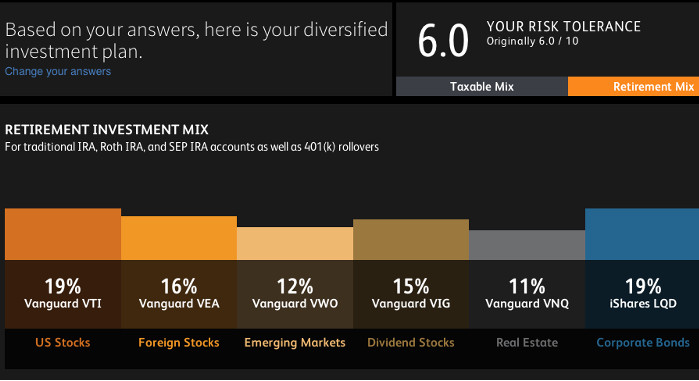Harness The Capacity Of Neighborhood Bonds In Real Estate To Reveal A Landscape Of Governing Adherence And Facilities Responsibilities
Harness The Capacity Of Neighborhood Bonds In Real Estate To Reveal A Landscape Of Governing Adherence And Facilities Responsibilities
Blog Article
Composed By-McCormack Brun
When it pertains to navigating the complexities of the property sector, recognizing the ins and outs of class bonds is key. From guaranteeing compliance with local laws to meeting framework dedications, these bonds hold significant value in advancement tasks. But exactly what are the intricate details behind subdivision bonds and exactly how do they influence various stakeholders in the real estate sector? Let's uncover the essentials that can aid you make informed choices and effectively navigate the realm of community bonds in real estate.
Purpose of Class Bonds
Recognizing the function of neighborhood bonds is important for real estate designers aiming to adhere to neighborhood laws and guarantee economic obligation. These bonds work as a form of assurance to local towns that the essential facilities improvements will be completed by the developer.
By posting a class bond, you're essentially assuring to end up the required public renovations, such as roads, walkways, and utilities, within the specified duration.
As a designer, protecting a subdivision bond shows your commitment to fulfilling your obligations and shielding the area's passions. It provides guarantee to the local government that the recommended community won't become a concern on taxpayers if the task is left unfinished. Furthermore, having a community bond in position can enhance your online reputation in the industry and construct trust fund with stakeholders.
Sorts Of Community Bonds
Differentiate in between the different kinds of community bonds to establish which best matches your task's demands. There are three main kinds of subdivision bonds commonly made use of in the realty market: Performance bonds, settlement bonds, and maintenance bonds.
Performance bonds ensure that the programmer completes the class according to the accepted strategies and laws. If the programmer stops working to do so, the bond will cover the expenses to end up the job. visit the following webpage assure that all subcontractors and providers are paid for their service the subdivision. If the programmer defaults on payments, this bond gives monetary security to those celebrations. Upkeep bonds, on the other hand, ensure that the designer maintains the subdivision infrastructure for a specific period after conclusion. This bond covers any kind of repairs or upkeep required throughout that time.
Comprehending the differences in between these kinds of subdivision bonds is essential in picking the most suitable one for your specific project requirements. Each type offers a distinctive purpose and supplies different kinds of protection, so it's vital to review your job's needs thoroughly prior to deciding.
Demands for Class Bonds
To ensure conformity with guidelines, developers seeking class bonds should meet certain needs established by regulatory authorities. These demands are critical for the successful issuance of neighborhood bonds. Here are the vital criteria you require to meet:
- ** Financial Security **: You have to show monetary security and the ability to cover the costs connected with the class job.
- ** Experience and Track Record **: Having prior experience in real estate growth and a favorable record can boost your possibilities of getting a subdivision bond.
- ** performance bond guarantee with Zoning Legislations **: Making certain that your subdivision intends line up with neighborhood zoning laws and guidelines is crucial for bond approval.
- ** Environmental Effect Assessment **: In some cases, you may require to conduct an environmental influence assessment to review the project's effects on the setting and address any kind of problems.
Fulfilling these needs is important for getting a community bond and moving forward with your real estate growth task.
Conclusion
Since you recognize the importance of class bonds in the property sector, keep in mind that they resemble a safeguard for both designers and communities.
Similar to a safety belt keeps a tightrope walker safe and secure, class bonds ensure that projects are completed properly and in compliance with policies.
By choosing the right bond and meeting all needs, you can navigate the property landscape with self-confidence and comfort.
